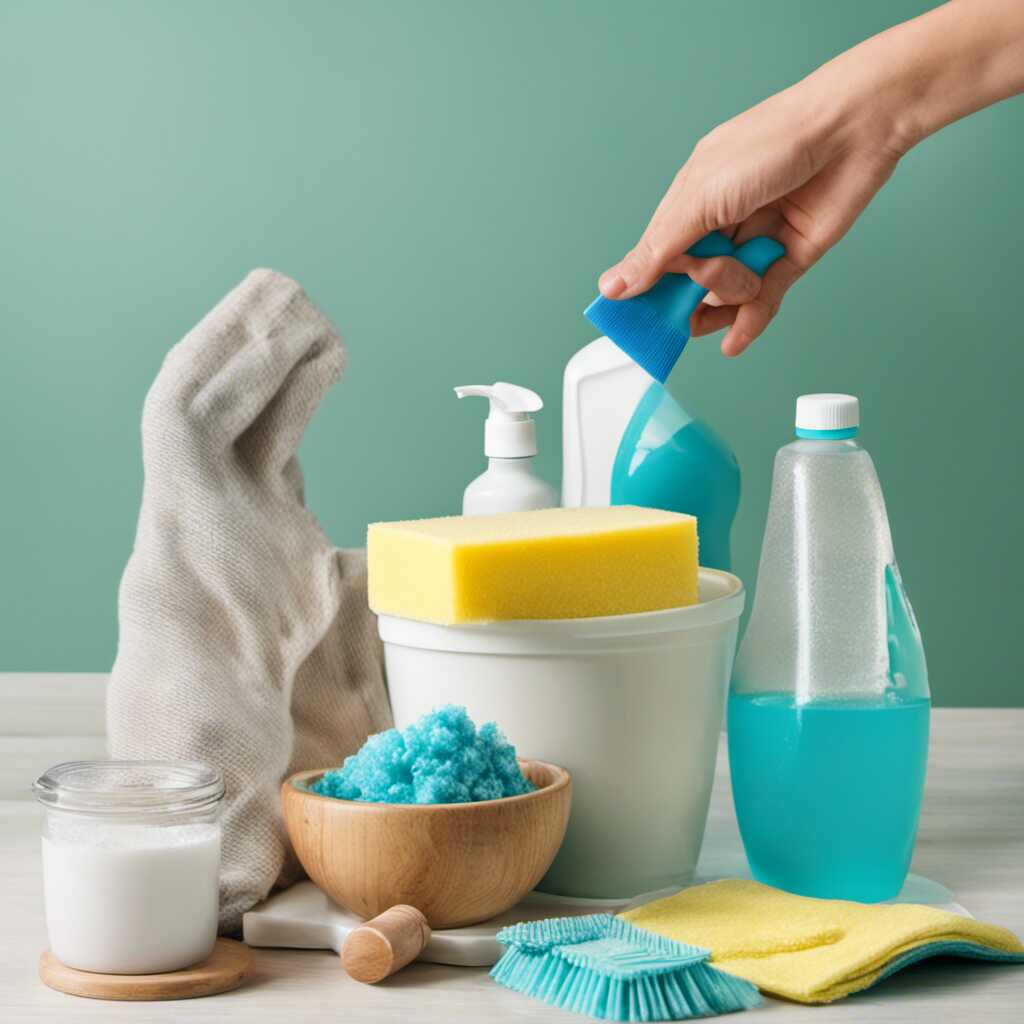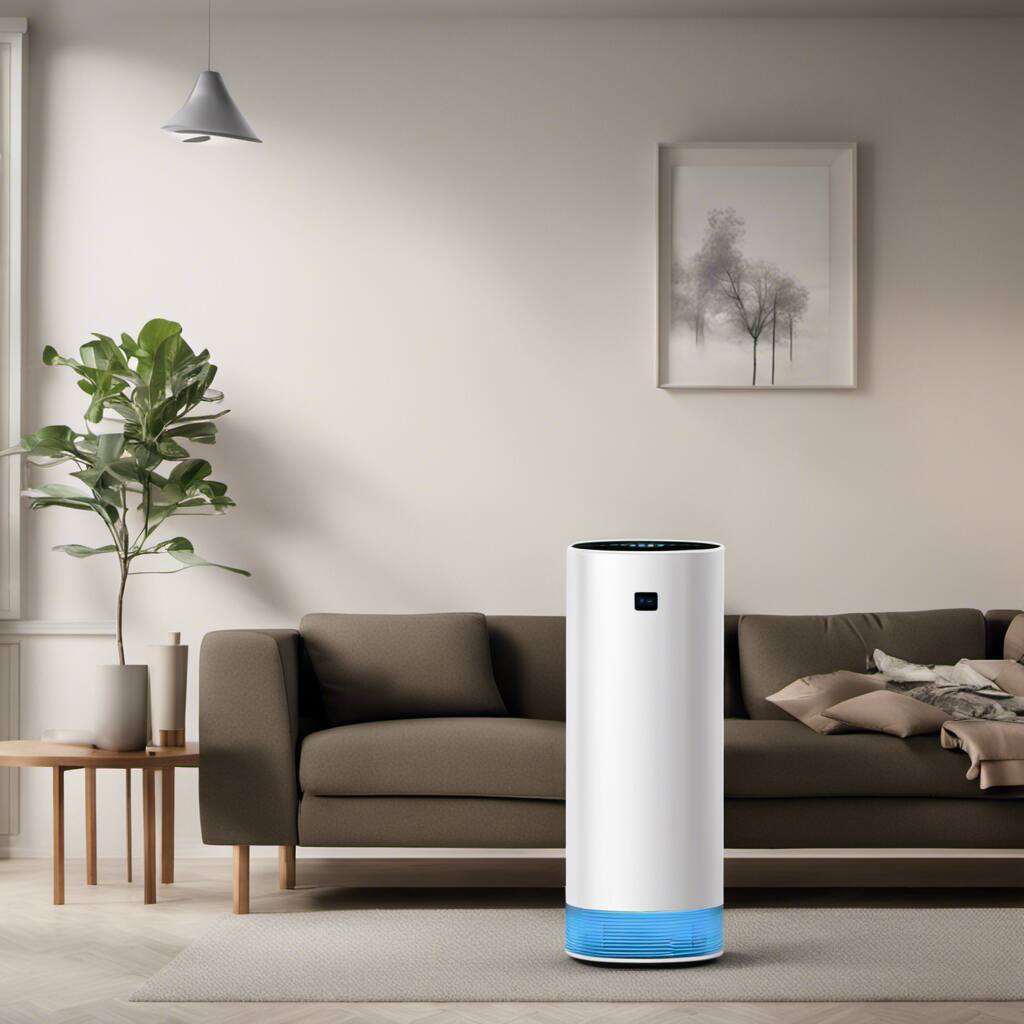
Ensuring cleanliness and sanitation in foodservice areas is paramount for preventing contamination and safeguarding the health of both customers and staff. Maintaining a high standard of hygiene not only complies with regulatory requirements but also builds trust and confidence in your establishment. In this comprehensive guide, we will delve into the essential practices and detailed steps for effectively cleaning and sanitizing foodservice areas.
See also our post on Floor Matting Solutions for Commercial Entryways
The Importance of Cleaning and Sanitizing
1. Importance of Hygiene
Maintaining a clean environment is crucial for preventing the spread of harmful bacteria and viruses. Proper hygiene not only protects customers but also preserves the reputation of your foodservice establishment.
2. Regulatory Compliance
Adhering to local health and safety regulations is not just a legal obligation but a commitment to providing a safe dining experience. Failure to comply with these standards can lead to severe consequences, including fines or closure.
3. Customer Satisfaction
Clean and sanitized spaces contribute to a positive customer experience. A hygienic environment enhances the overall perception of your establishment, fostering customer loyalty and positive word-of-mouth.
4. Staff Health and Morale
A clean workplace is essential for the well-being of your staff. Regular cleaning and sanitizing practices create a healthier work environment, boosting employee morale and productivity.
5. Cost-Effective Practices
Investing in a robust cleaning and sanitizing routine is a cost-effective measure in the long run. It reduces the risk of contamination-related incidents, potential legal issues, and the negative impact on your business’s bottom line.
See also our post on Floor Waxing and Polishing: Restoring Shine to Commercial Floors
Differentiating Between Cleaning and Sanitizing
Cleaning
Cleaning involves the removal of visible dirt, debris, and grease from surfaces. This initial step is essential before sanitizing to ensure that the sanitizing agents can effectively eliminate bacteria and pathogens.
Sanitizing
Sanitizing goes beyond cleaning and focuses on reducing the number of bacteria and pathogens on surfaces to safe levels. Chemical sanitizers or heat can be employed to achieve this, providing an additional layer of protection against contamination.
Frequency of Cleaning and Sanitizing
Establish a routine for both cleaning and sanitizing to maintain a consistently hygienic environment. High-touch surfaces, such as countertops, utensils, and equipment, may require more frequent attention.
Choosing the Right Cleaning Agents
Selecting appropriate cleaning agents is crucial. Ensure they are effective against the specific types of bacteria and viruses commonly found in foodservice areas. Follow manufacturer guidelines for proper dilution and application.
Training Staff on Cleaning Protocols
Educate your staff on the importance of cleaning and sanitizing. Provide comprehensive training on the correct use of cleaning agents, techniques, and the importance of following established protocols.
Identifying Critical Foodservice Areas Requiring Special Attention
Kitchen Workstations
Focus on thorough cleaning and sanitizing of kitchen workstations, including cutting boards, knives, and preparation surfaces. Cross-contamination can easily occur in these areas if proper precautions are not taken.
Food Storage Areas
Maintain cleanliness in food storage areas to prevent the growth of bacteria and the contamination of stored ingredients. Regularly check for expired items and ensure proper rotation of stock.
Dining Areas
Pay special attention to tables, chairs, and menus in dining areas. These high-touch surfaces can harbor germs and bacteria. Implement a regular cleaning schedule, especially during peak hours.
Restrooms
Proper sanitation in restrooms is critical to preventing the spread of diseases. Regularly clean and disinfect all surfaces, including sinks, countertops, and restroom fixtures, to ensure a hygienic environment for both customers and staff.
Utensils and Equipment
Regularly clean and sanitize utensils, kitchen equipment, and food-contact surfaces. Pay attention to areas that are often overlooked, such as handles, switches, and control knobs.
Establishing a Comprehensive Cleaning Schedule
Daily Cleaning Routine
Develop a daily cleaning routine that covers essential areas, including kitchen surfaces, equipment, and high-traffic zones. Consistency is key to maintaining a clean and safe environment.
Weekly Deep Cleaning
In addition to daily cleaning, schedule a weekly deep cleaning session to address hard-to-reach areas and equipment that may require more thorough attention. This helps prevent the buildup of grease and grime.
Monthly Maintenance Checks
Conduct monthly maintenance checks to ensure that cleaning equipment, such as vacuum cleaners and mop buckets, are in good working condition. Replace worn-out brushes and mop heads as needed to maintain effectiveness.
Seasonal Considerations
Adjust your cleaning schedule to account for seasonal variations in customer traffic and environmental conditions. For example, more frequent cleaning may be necessary during flu seasons or periods of increased humidity.
Record-Keeping
Maintain detailed records of your cleaning and sanitizing activities. This documentation not only demonstrates compliance with regulations but also serves as a useful reference for identifying trends or areas that may require additional attention.
See also our post on
Implementing Food Safety Protocols
Personal Hygiene Practices
Emphasize the importance of personal hygiene among staff. Implement practices such as regular handwashing, the use of disposable gloves, and proper handling of food to prevent contamination.
Cross-Contamination Prevention
Establish clear protocols to prevent cross-contamination. Use separate cutting boards for raw and cooked foods, and regularly clean and sanitize surfaces and utensils to minimize the risk of transferring harmful microorganisms.
Temperature Control
Ensure that food is stored and cooked at the proper temperatures to prevent the growth of bacteria. Regularly check and calibrate thermometers to guarantee accurate temperature readings.
Allergen Management
Implement robust allergen management practices to protect customers with food allergies. Clearly label ingredients, train staff to handle allergens safely, and provide accurate information to customers about potential allergens in menu items.
Emergency Response Plan
Develop an emergency response plan for potential contamination incidents. Clearly communicate roles and responsibilities among staff, and keep emergency contact information readily available.
Monitoring and Evaluating Cleaning Effectiveness
Regular Inspections
Conduct regular inspections to evaluate the effectiveness of your cleaning and sanitizing practices. Identify areas that may require additional attention and address any issues promptly.
Employee Feedback
Encourage staff to provide feedback on cleaning protocols. They are often the first to notice areas that may be overlooked and can offer valuable insights into improving efficiency.
Customer Surveys
Gather feedback from customers regarding the cleanliness of your establishment. Use surveys to identify areas for improvement and showcase your commitment to providing a safe and hygienic environment.
Third-Party Audits
Consider engaging third-party auditors to assess your cleaning and sanitation practices objectively. External evaluations provide an unbiased perspective and may reveal areas for improvement.
Continuous Improvement
Use the insights gained from inspections, feedback, and audits to continuously refine and improve your cleaning protocols. Embrace a culture of ongoing improvement to stay ahead of evolving hygiene standards.
See also our post on Eco-Friendly Pest Control: Natural Solutions for a Bug-Free Home
Conclusion
As a result, it is imperative that foodservice establishments maintain a clean and sanitized environment in order to comply with legal requirements and to ensure the health and safety of both customers and staff. By recognizing the significance of hygiene, distinguishing between cleaning and sanitizing, identifying critical areas, creating thorough cleaning schedules, putting food safety protocols into practice, and keeping an eye on their efficacy, you can establish a robust system to prevent contamination. Additionally, maintaining a high standard of cleanliness in your establishment requires regular training, appropriate documentation, and a dedication to continuous improvement. By adhering to these comprehensive guidelines, you will not only fulfill regulatory requirements but also contribute to a positive and healthy environment for both customers and staff.







